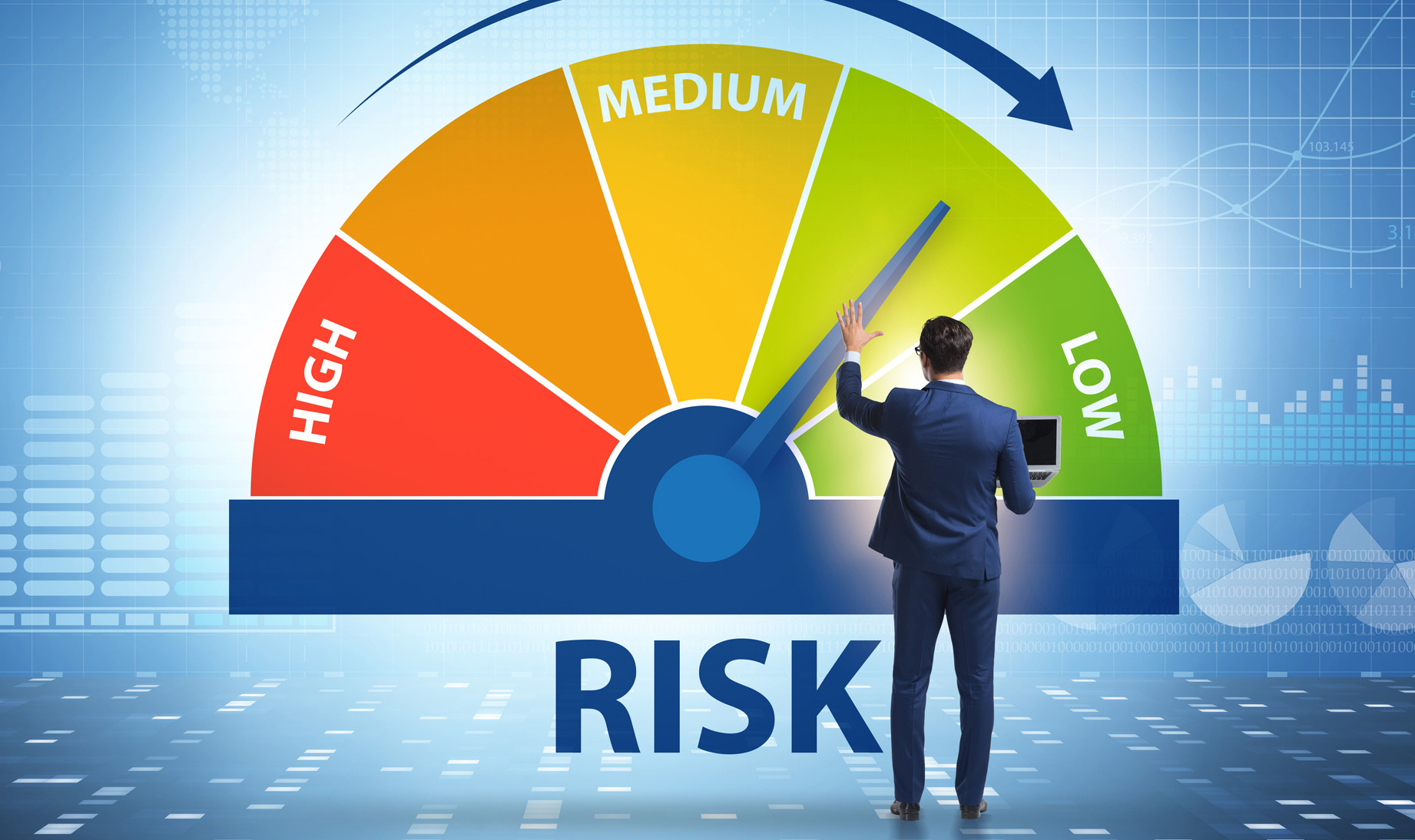If you’re thinking cybercriminals aren’t interested in small businesses like yours, you’re unfortunately wrong.
Over 50% of small businesses experienced at least one cyberattack in 2019. And according to recent reports, the average cyberattack costs small businesses $200,000.
What’s more, 60% of small businesses never recover and close their doors within 6 months of suffering a breach… if they’re not prepared.
If you own a small business, you may be making cybersecurity mistakes without even realizing it. Below are some false assumptions made by small business owners.
My business is too small to be a target.
According to Accenture’s Cost of Cybercrime Study, 43% of cyberattacks are aimed at small businesses, but only 14% are prepared to defend themselves. What’s more, Ponemon Institute’s State of Cybersecurity Report reveals 66% of small- to medium-sized businesses have experienced a cyberattack in the past 12 months.
You can just use my password.
Employees at small businesses tend to form tight bonds in the workplace, which can lead to a false sense of security when it comes to things like sharing passwords. When your employees share passwords, you lose the ability to track accountability and open your business up to a world of threats.
Instead, take the time to create the necessary user accounts and levels of access to safeguard your data. Only allow access to information based on the needs of the employee’s position.
We do not have time to continually update software.
There are new software vulnerabilities discovered every single day, and hackers are taking advantage of them as soon as they can. When you skip updating your system, you are putting out the welcome mat for cybercriminals and offering up your data.
Here are the 5 greatest cyber threats your small business may face:
Phishing attacks
Phishing is a type of “social engineering” attack often used to steal user data, including login credentials and credit card numbers. It occurs when an attacker pretends to be someone you know or work with and tricks you into opening an email, instant message, or text message.
According to Proofpoint’s 2020 State of the Phish, almost 65% of US organizations experienced a successful phishing attack last year. There are several email software programs that can help your employees learn to identify and report phishing attacks. However, the strongest defense is a robust security awareness training program for your employees.
Malware attacks
A malware attack occurs when cybercriminals create and install malicious software on someone else’s device without the person’s knowledge. The cybercriminal’s goal is to gain access to personal information or damage the device, usually for financial gain.
Different types of malwares include viruses, spyware, ransomware, and Trojan horses. Malware attacks can occur on all sorts of devices and operating systems, including Microsoft Windows, macOS, Android, and iOS.
Small businesses are more likely to employ people who use their own devices for work, as it helps save time and money. This, however, increases their likelihood of suffering from a malware attack, as personal devices are more vulnerable to malicious downloads. Endpoint protection solutions safeguard devices from malware downloads. Web security is also important; it helps stop users from visiting malicious webpages.
Ransomware
Ransomware involves encrypting company data so that it cannot be used or accessed, and then forcing the company to pay a ransom to unlock the data. Due to media coverage, this type of threat is well-known.
Fifty to 70% of all ransomware attacks are directed at small businesses. Cybercriminals know that smaller operations, which often don’t have expensive back-up protocols, are more likely to pay a ransom. Top prevention measures include Endpoint Protection (across all devices) and effective data backup and recovery measures.
Weak passwords and/or password sharing
Many small businesses need to access a variety of websites or resources that require passwords. Small business owners should consider Business Password Management technologies. They help employees manage passwords and suggest strong passwords. Additionally, small business owners should strongly consider implementing Multi-Factor Authentication (MFA) across your organization. This ensures users need more than just a password to access systems.
People (insider threat)
An insider threat is a risk to an organization caused by the actions of employees, former employees, business contractors, or associates. These people can access critical data about your company, and they can cause harmful effects through greed or malice, or simply through a lack of knowledge and carelessness.
A Verizon report found that 85% of breaches involved the human element. To block insider threats, small businesses should ensure they have a strong security awareness culture. This will help stop insider threats caused by a lack of knowledge and help employees spot a cyber threat early on. Encourage employees to speak up when something does not look right.
Experts say there are only two types of small businesses in America—those that have experienced a cyberattack and those that will experience a cyberattack. If you do not have the means to evaluate and mitigate the threats to your small business, it is critical to ask for help.
A qualified cyber consultant can help you identify the threats facing your business. They will help you develop measures to mitigate risks and/or transfer risk to someone else through insurance or third-party services.
You can assess your cybersecurity needs and implement proactive solutions with help from Pearl Technology. And Pearl Insurance can provide you with the cybersecurity insurance you need. Get in touch today.
 Dan is licensed in all states (except Alaska & Hawaii) and is the Vice President of Business Insurance Lines for Pearl Insurance. Dan has been helping business owners protect their operations, customers, and employees for over 30 years. For questions regarding this blog post or any other insurance matter, he can be reached via phone at 800.447.4982 or email at dan.tharp@pearlinsurance.com.
Dan is licensed in all states (except Alaska & Hawaii) and is the Vice President of Business Insurance Lines for Pearl Insurance. Dan has been helping business owners protect their operations, customers, and employees for over 30 years. For questions regarding this blog post or any other insurance matter, he can be reached via phone at 800.447.4982 or email at dan.tharp@pearlinsurance.com.







